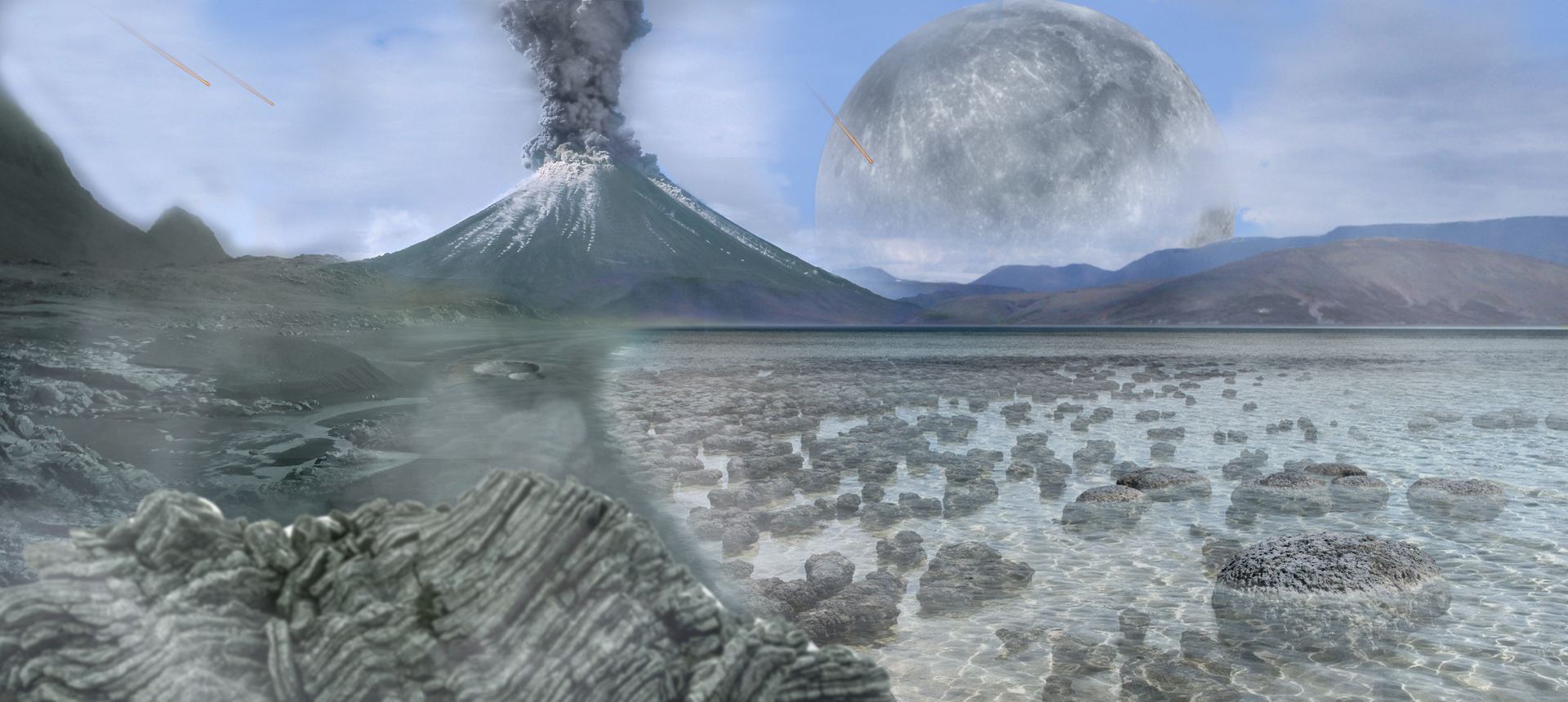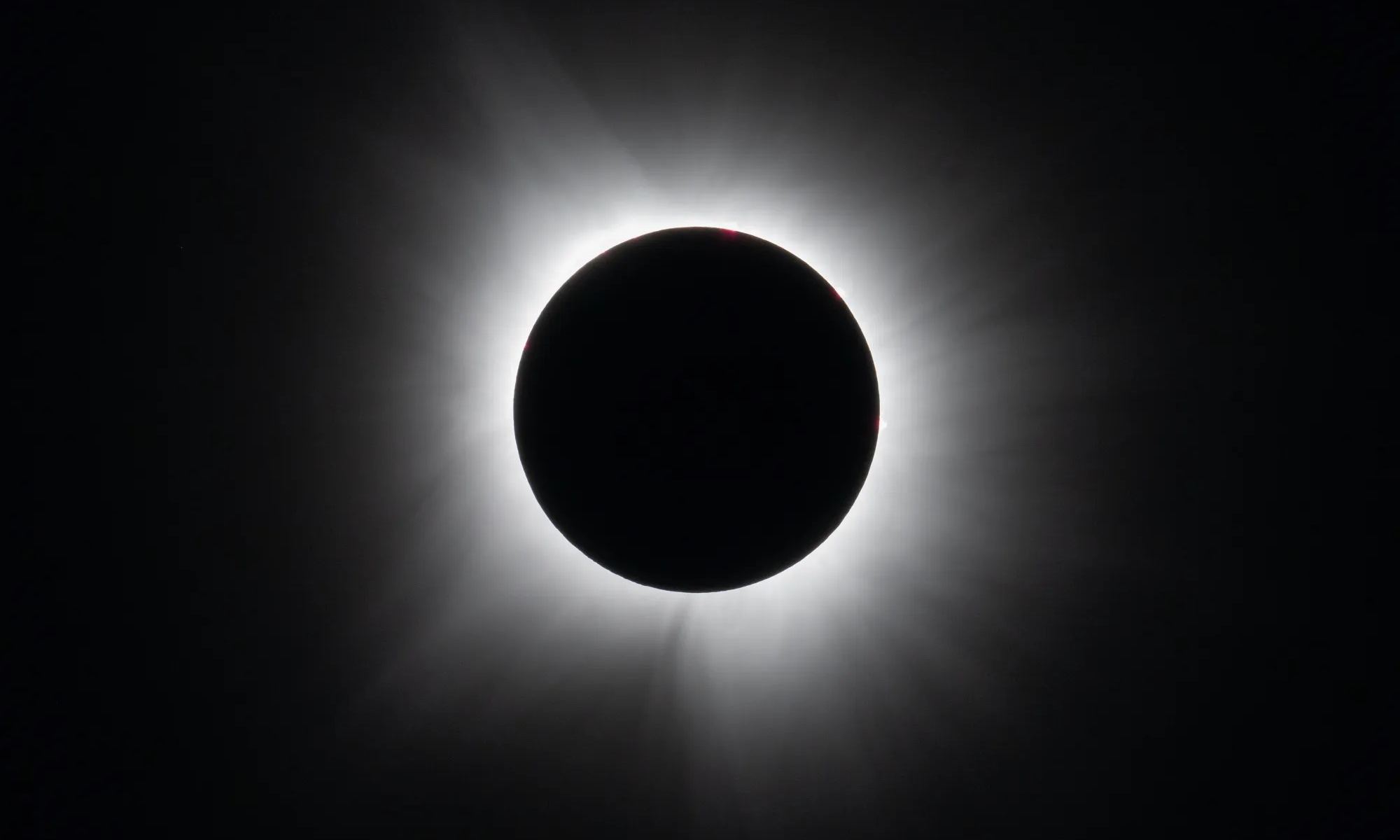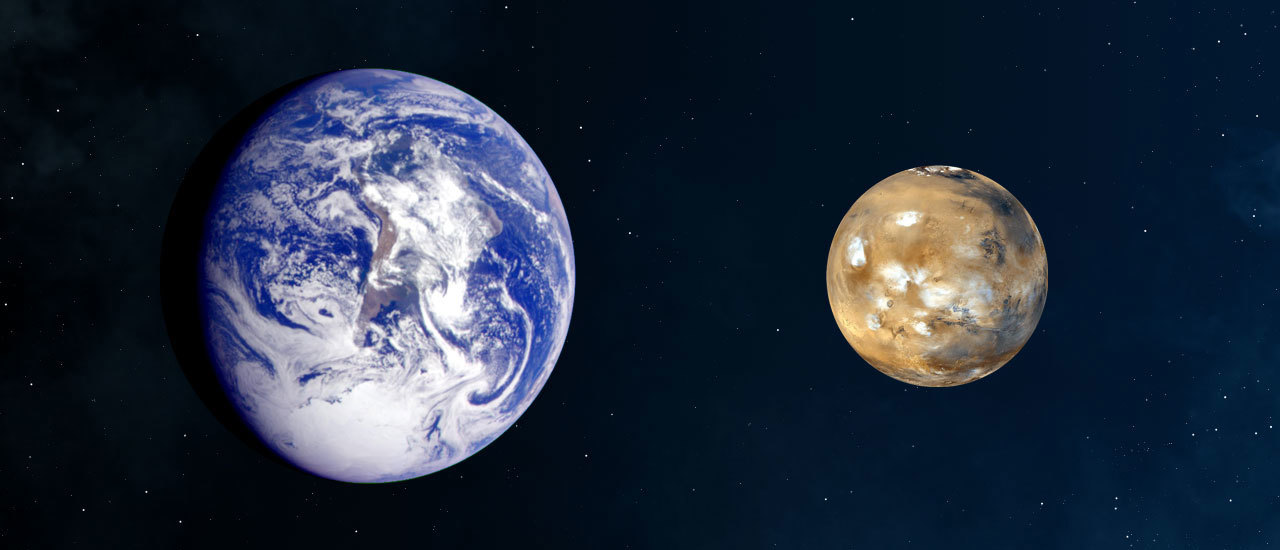Between Low Earth Orbit (LEO) and the Moon, there is a region of space measuring 384,400 km (238,855 mi) wide known as Cislunar space. In the coming decades, multiple space agencies will send missions to this region to support the development of infrastructure that will lead to a permanent human presence on the Moon. This includes orbital and surface habitats, landing pads, surface vehicles, technologies for in-situ resource utilization (ISRU), and other elements that will enable the long-term exploration and development of the lunar surface.
For all parties concerned, Cislunar space holds immense potential in terms of scientific, commercial, and military applications. The vastly increased level of activity on and around the Moon makes space domain awareness (SDA) – knowledge of all operations within a region of space – paramount. It is also necessary to ensure the continued success and utilization of the covered region. In a recent paper, a team of aerospace engineers considered the missions planned for the coming decades and evaluated the state and shortcomings of their space domain awareness.
Continue reading “A Review of Humanity’s Planned Expansion Between the Earth and the Moon”









